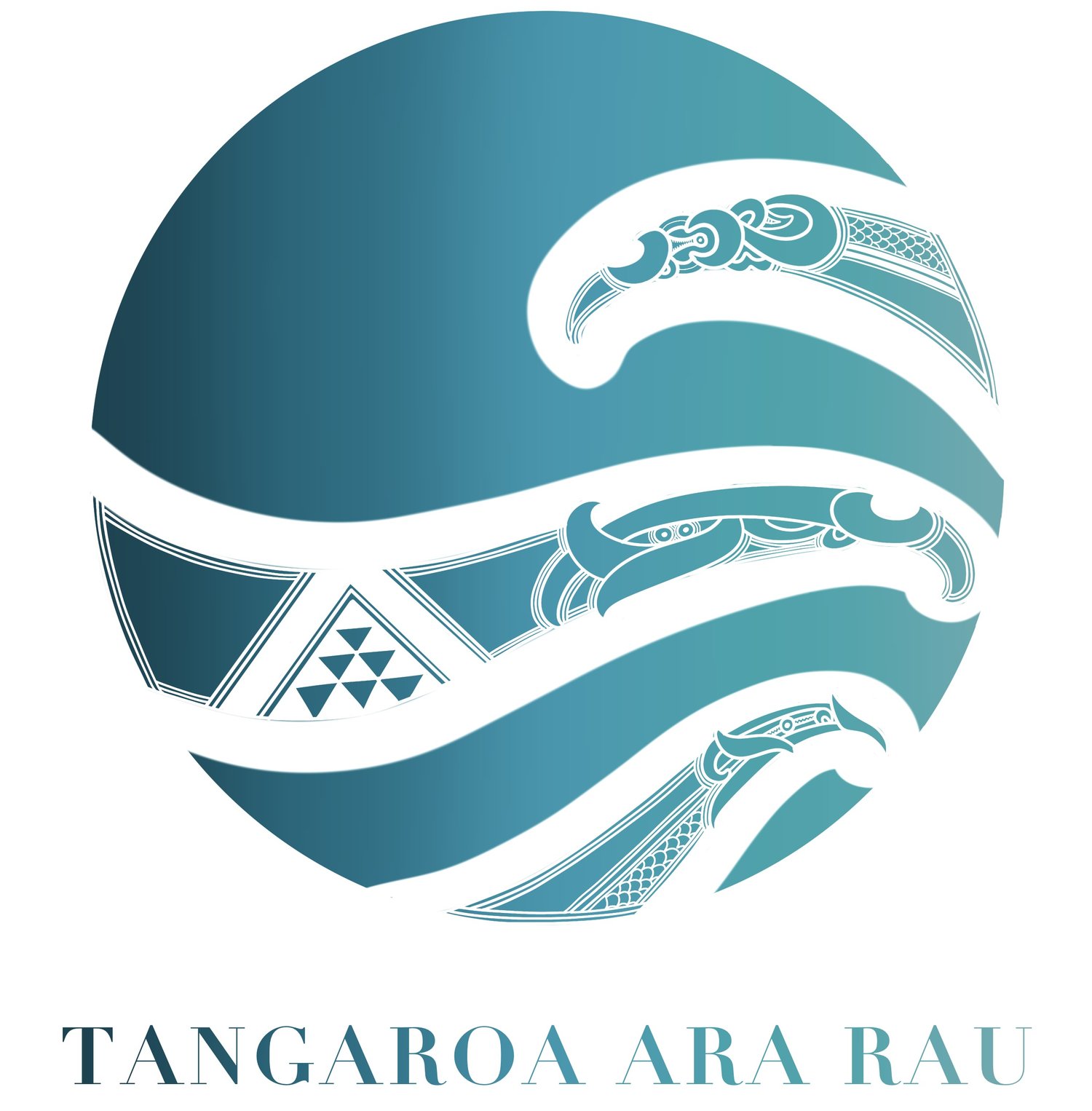Building a culture of safety - Waka Ama New Zealand
Tēnā tātou e te iwi! I tēnei marama ka tahuri ake tātou ki ngā kōrero a Ngā Kaihoe o Aotearoa arā ko Waka Ama NZ, ko te kaupapa matua - me pēhea te hanga i te ahurea haumaru? Mā ngā kaihoe - otirā mā ngā karapu, me ngā whānau katoa o te whānau whānui o Waka Ama i Aotearoa nei.
Kia ora e te whānau in this months blog we focus on the kaupapa of ‘ building a culture of safety’ with our whānau from Waka Ama New Zealand. On May 15 Lara (CEO of Waka Ama New Zealand) presented at the hui of the Safer Boating Forum to discuss this kaupapa. In this blog we discuss some of the kōrero shared by Lara and look at the work Waka Ama New Zealand are doing in the water safety space. To begin - the slide below shares some of the key statistical information pertaining to the kaupapa of Waka Ama, read on to hear about the whakapapa of these tatauranga and what they mean in context.
Having its origin in Polynesian Voyaging and canoe culture Waka Ama is unique kaupapa within Aotearoa New Zealand’s sport and recreation landscape, as this slide shows. Waka Ama is one of the foremost activities for Māori and Pasifika people throughout the motu and has a vast age range across participation and membership. Truly a whānau affair Waka Ama is one of few kaupapa wherein up to four generations can be participating at any given time and at one event.
In addition to the importance of whānau also at the heart of Waka Ama is safety - in all forms and sense of the word. As explained in the opening comments of this blog earlier this month Waka Ama NZ CEO Lara Collins addressed members of the Safer Boating Forum with a wero (challenge) - a wero to a number of national organisations and groups with interest in recreational boating and safety, about contribution to this very kaupapa - building a culture of safety.
Within her kōrero Lara spoke about the origin and whakapapa of Waka Ama and Va’a more broadly. Grounding the context of Waka Ama, as it exists today, with the maritime brilliance of Polynesian ancestors and compelling the group to think about our combined responsibility and obligation to honour this by encouraging best practice in the form of safety. In terms of the responsibility Waka Ama New Zealand has, Lara explained:
“We have an obligation as an NSO (National sports organisation), and as kaitiaki, to ensure we provide people with all the tools to be safe. That includes access to information, education and the right environment for our Waka Ama whānau to feel confident about being safe and acting in a safe way”
Lara then laid out a number of the initiatives and tools Waka Ama NZ have been building over many years to ensure that everyone who picks up a hoe (paddle) knows exactly what considerations to take before even reaching the waters edge. Many of these initiatives and resources are outlined in the slide below and you can find links to these elements of the Waka Ama NZ safety kete at the completion of this blog.
Lara also described what ‘building a culture of safety’ looks, feels and sounds like from a Waka Ama perspective. Reiterating that the skills and knowledge and inherent connection whānau have and develop through engaging in Waka Ama transcend merely the hākinakina or sport itself, she says:
“We want our Waka Ama whānau to be safe on and off the water, we want them to be safe when they paddle but also to apply the same tikanga any time they are in, on or around Tangaroa. Whether that be swimming, boating, gathering kai or just hanging out around their waterways. Sharing their water safety knowledge and respect for Tangaroa and Hinemoana with their whanau, friends and community and being leaders in this space. It is in this way we can affect change across generations and ensure that we are all safer boating champions with a culture of safety that goes hand in hand with all activities.”
Nō reira - nei rā ngā mihi ki ngā kaiwhakahaere, kaimahi, otirā ngā whānau katoa ō tēnei kaupapa. We support Waka Ama New Zealand as partners in this mahi, ensuring whānau have all the tools they need to be safe in, on and around the wai. We also acknowledge Waka Ama New Zealand and their commitment and leadership in this space and the long standing whakapapa of waka that has gone before.
To find out more about the mahi that Waka Ama New Zealand does, or find a Waka Ama club near you visit their website, Facebook page, or Instagram. Follow the links below to find a selection of haumaru wai resources created by Waka Ama New Zealand to add your own kete also.
To find out more about what safety gear is required for participating in Waka Ama click here
The Waka Ama Safety Basics booklet is an awesome rauemi for all things safety and Waka Ama - with relevant information for anyone engaging with the wai across a number of activities, check it out by clicking this link e te whānau!
Recently Waka Ama NZ partnered with Reo Māori to create a puna kupu resource, mīharo! - click on the image to see the full post!
If you have any further questions, kōrero or would like to know more - feel free to get in touch with us via the ‘contact us’ page of this website.
Ngā manaakitanga, nā te whānau o Tangaroa Ara Rau






